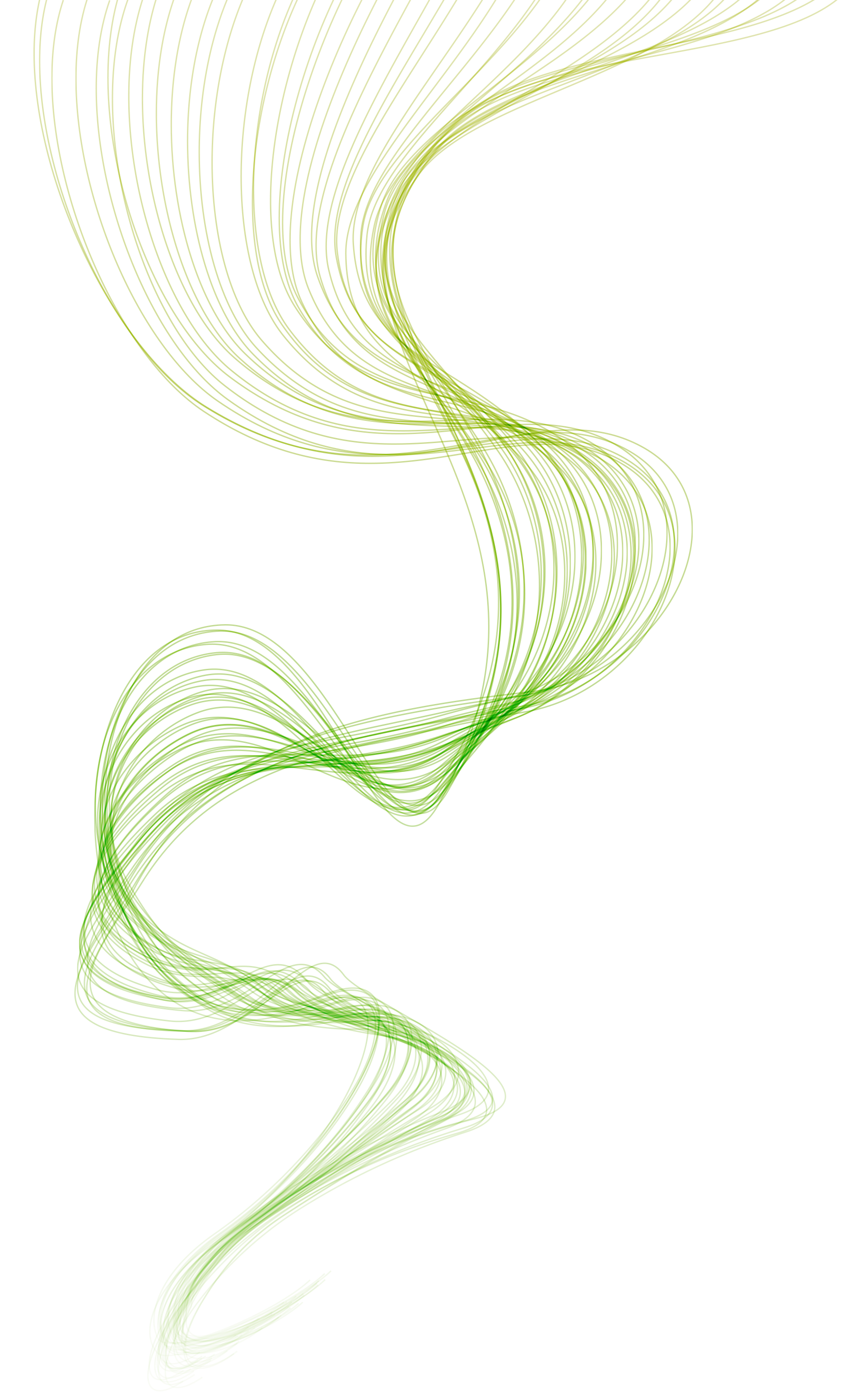Cardiac magnetic resonance imaging (CMR) offers non-invasive imaging of the heart’s structure and function. The technique’s wide range of applications - such as myocardial function evaluation, morphological anatomy delineation, and pressure and flow evaluation for cardiac valve dysfunction – has made it central to clinical management strategy.
Congenital heart disease (CHD) evaluation is enabled by CMR’s ability to provide structural and functional details, including the accurate depiction of defects and flow information. In this article we will focus on CMR in the assessment of CHD, looking at the disease itself, the use of CMR in its assessment and management, and the merits of the MRI compared to other modalities.
What is congenital heart disease?
CHD refers to one or more birth defects related to the structure of the heart. The condition is one of the most common birth defect types. Almost 40,000 babies are born with the condition in the United States each year.
Unlike normal heart disease, which is acquired during an individual’s lifetime, people are born with CHD and will require medical care throughout their life. With CHD, the structural defects that exist from birth mean the way blood flows through the heart can be altered. While some types of CHD are mild, others may be life-threatening.
The exact cause of CHD is often unknown, although some types can be inherited. Aside from genetics, there are certain risk factors associated with CHD, including:
- Having rubella (German measles) during pregnancy
- Diabetes
- Certain medications
- Alcohol
- Smoking
Congenital heart disease symptoms in adults include:
- Arrhythmias (irregular heart rhythms)
- Shortness of breath
- Cyanosis (blue lips, skin, or fingernails)
- Edema (swelling of body tissue)
- Fatigue after a short time of physical activity
Types of congenital heart disease
There are many types of congenital heart disease. Here is an overview of them:
- Atrial septal heart defect: a hole in the wall between the left and right atria or the upper chambers
- Septal defect: a hole in the wall that separates the left and right sides of the heart
- Complete atrioventricular canal defect: a serious defect; a hole that affects all four chambers of the heart
- Ventricular septal defect: a hole in the wall that separates the lower chambers
- Stenosis: when valves become narrow or stiff
- Valve defects: such as stenosis (the valves becoming narrow or stiff), regurgitation, atresia, Ebstein’s anomaly, and pulmonary valve stenosis
- Tetralogy of Fallot: a combination of four defects
- Other types: include patent ductus arteriosus, great artery transposition, truncus arteriosus, and single ventricle defects
How is congenital heart disease diagnosed and managed?
Congenital heart disease is usually detected at birth during an ultrasound, but you can get tested as you get older. Tests for adults and children may include:
- Chest x-ray: to look for shape and size changes in the heart
- Ultrasound: which uses sound waves to create images of the heart
- Echocardiogram: a type of echocardiogram that offers more detailed images
- Electrocardiogram (EKG): which records the heart’s electrical signals to assess heart rate
- Pulse oximetry: attaching a small sensor to the finger to estimate the blood’s oxygen levels
- CT scan: using X-rays to create images of the heart
- MRI scan: using magnetic fields and radio waves to create images of the heart
- Cardiac catheterization: a test that checks the heart’s blood flow and pressure
- Stress or exercise tests: an EKG monitors the heart during physical activity
MRI in the assessment and management of congenital heart disease
Cardiac MRI is a valuable tool in the evaluation of CHD; not restricted to defining the structure of heart defects, but also provides important information on heart function. MRI has proven useful for the pre-operative evaluation of patients, including the assessment of flow patterns and vascular abnormalities. An MRI is also non-invasive, which means it does not require a catheter placement or the use of iodinated contrast agents that are nephrotoxic and have several potential side effects.
MRI is a versatile modality that offers a range of options for tissue contrast and velocity mapping and is not compromised by substandard acoustic windows.
Congenital heart disease assessment with 4D flow MRI
4D flow MRI is an advanced imaging technique that provides a comprehensive view of the heart and aorta. It helps to manage and evaluate patients with CHD, providing key evaluative components such as blood flow quantification, ventricular volume, and function quantification, intracardiac and extracardiac structures, and blood flow visualization.
Accuracy of cardiac MRI for adults with congenital heart defects
Cardiac MRI offers a high level of accuracy in depicting structural details of the heart’s chambers and septum, as well as defects and abnormalities. MRI is also a relatively accurate method for measuring biventricular function and volume flow, which are important parameters in the follow-up of adults after surgical treatments for several types of CHD.
How does MRI compare to other modalities?
So why can MRI be favored over other modalities used to evaluate CHD? Compared to modalities such as ultrasound and CT scan, MRI offers significant advantages. While ultrasound is a mainstay of CHD management, MRI is superior to ultrasound in the delineation of extracardiac vasculature. CT angiography is a modality that can offer high resolution, but unlike MRI, it is an invasive technique that requires catheter placement and fluoroscopy.
MRI for managing and assessing patients with CHD
MRI is the preferred choice of modality to manage and assess patients with CHD because it has proven effective in identifying anatomic and functional abnormalities and assessing their severity, informing clinical decision making.
Try cvi42 for 42 days
cvi42 for Cardiovascular MRI offers an unsurpassed range of clinically cleared, accurate tools for diagnosis quantification and qualification. Benefit from a wealth of features for assessment, including east wall motion abnormality detection, automatic QP:QS calculation, and complex cardiovascular morphology visualization. Try cvi42 now for 42 days.
Sources:
https://www.cdc.gov/ncbddd/heartdefects/data.html
